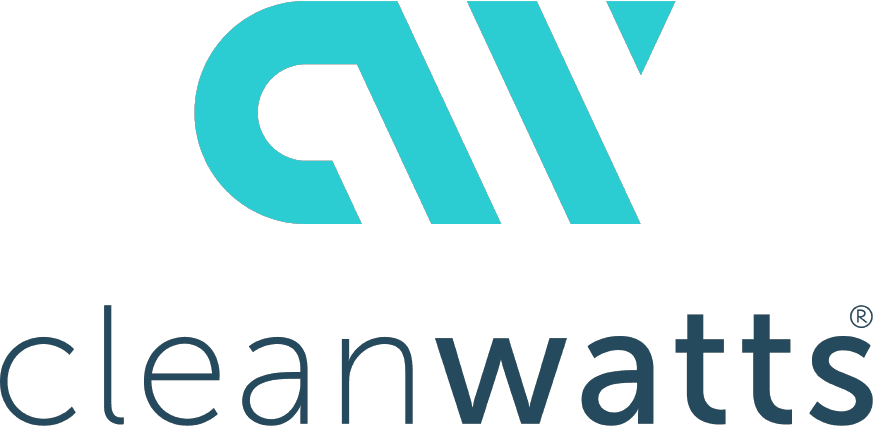
How the Best Teams Turn Signals into Wins
Once you start noticing buying signals, it becomes hard to stop. They begin to appear everywhere: in a regulatory filing that sets a new target, in a hiring post that hints at a new program, in a quietly issued RFP or a pilot announcement buried on page four of a trade site.
But awareness alone does not win games.
The real advantage comes from rhythm, the ability to see movement, anticipate the play, and step into action before anyone else realizes the season has begun. That rhythm is what separates teams that watch from the sidelines from those that move first and win early.
Timing, after all, is not luck. It is discipline. And the teams that get timing right do not rely on instinct alone; they have built systems that let them listen to the market more closely than their competitors ever will.
The Two Clocks Driving Every Grid-Tech Deal
Startups and utilities keep time differently. In startup language, success means it works. While startups push for speed, Utilities must defend reliability and auditability. The trick is to respect the slower clock while showing fluency in the transformation you bring to the grid.
Utility Dive notes that grid-modernization programs typically align with three- to five-year capital plans, and pilots rarely move forward outside those windows. Recognizing that rhythm doesn’t speed the utility up, but it helps vendors avoid the periods when nothing can move forward, as most pilot or modernization initiatives move only within those windows.
So by recognizing that rhythm, we’ve gotten ahead of half the game.
Seeing the Field
Every great Moneyball story begins with better stats, and in our world that means better signal intelligence.
What starts as scattered notes such as filings, job posts, and docket updates becomes something else once you treat it as a structured habit. At Cleantech Growthlab, we often describe this as building your own scout’s logbook: a living, breathing system that helps you translate market noise into foresight.
The format does not have to be complicated. The best teams use something simple to start: a shared tracker where every line tells a story. A few columns are all you need; region, signal type, strength, relevance, next step. But what matters is not the number of entries; it is how they start to cluster. Across the clients we work with the same pattern repeated. When three or more signals align within a 90-day window, such as a grid constraint alert, a new DER program manager hire, and an RFP in the same region, the probability of a pilot within the year rises sharply.
Those clusters are the box scores of your market.
They are how you stop reacting to news and start reading the game in motion. Below we'll share the simple structure we use at Cleantech Growthlab to track regulatory, procurement, and pilot activity across markets.
Setting the Rhythm
Most startups still operate on their own internal calendar: quarterly OKRs, campaign plans, funding cycles. Utilities move to the steady beat of filings, rate cases, and board approvals. The friction between those two clocks is where opportunity slips away. Closing that gap is what we like to call the quiet art of rhythm.
Winning teams close that gap manage to do it through rhythm, in four steps:
- Build a Signal Cadence
Review your signals every week, not as data maintenance but as a listening exercise. When you track market shifts regularly, you start to feel the tempo of the ecosystem. You can tell when a funding wave is rising, when it is plateauing, and when it is about to break. - Tier Your Markets by Heat
Next, separate your markets by heat. A utility with one weak signal belongs on a watchlist. Three aligned signals put it in the active zone. This is where your attention, content, and outbound effort should live. - Translate Signals into Plays
From there, translate signals into plays. A regulatory change becomes an opportunity for a timely op-ed or outreach sequence. A hiring pattern reveals who to contact next quarter. An RFP trend signals a new campaign theme. Each action becomes a way to meet the market in real time. - Match Internal Rhythm to Market Rhythm
Finally, sync your rhythm with theirs. Plan launches, case studies, and conference presence around their seasons, not yours. When you do this long enough, it starts to feel like you are predicting the future, but really, you are just in tune with it.
That alignment is where the real Moneyball edge lives: playing your own game at the tempo of the market.
You can find our template for keeping track of these signals here: https://www.cleantechgrowthlab.com/resources/utility-buying-signal-tracker-template
Playing the Season
We saw this clearly with Loopback Systems. Their team began tracking hiring, RFP, and interconnection data across three U.S. regions. Within six months, a pattern emerged. Every territory showing a cluster of constraint, funding, and new program lead signals entered procurement within the year.
You do not need a data science department to pull that off. What you need is rhythm, shared discipline, and a willingness to look at the same signals every week until patterns start speaking back.
Because strategy is not born from complexity; it is born from pattern recognition repeated often enough to become instinct.
And once you find that rhythm, the one that mirrors your buyers’ real movement, you stop chasing deals and start arriving just as they open the door.
Your Own Moneyball Season
Gridtech’s future belongs to teams that can see and act faster than the market expects. If you'd like to see your own "Moneyball scorecard," a live snapshot of utility signals active in your category, book a short consultation. The real Moneyball edge is playing your game to their tempo. If you’d like to see your own "Moneyball scorecard," a live snapshot of utility signals active in your category, book a short consultation and we’ll show you where the movement has already begun.
👉 Book a Free Consultation (30-minute session with free signals report, growth plays, and lifetime access to our playbook).
“Timing isn’t luck. It’s rhythm. And rhythm is earned through repetition.”
Stay in the loop
Follow us on LinkedIn for more industry insights and resources to help increase your ROI.









